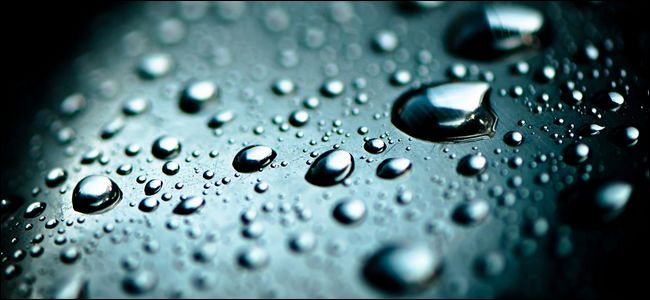Graphene makes plastic a million times more water resistant

From the blister packs that cover your sensitive electronics to the lightweight films that wrap our foods, plastic packaging is everywhere. Plastic packaging may be widespread, but it has a major flaw that limits its effectiveness — it is permeable to moisture. This water permeability can have a devastating effect on electronics and other organic materials that are sensitive to water. To better protect these hydrophobic products, a team of researchers has developed a new form of water-resistant plastic using graphene. The material looks and feels like plastic, but it is a million times more water resistant than the standard plastics currently in use.
Most packaged items like tools, clothing, and other similar non-electronic items can handle a little water, but electronic devices, especially those stored for extended periods of time, are easily damaged in the presence accumulating levels of moisture. Moisture sensitive devices can tolerate only small amounts of water vapor, no more than 10-6 grams of water vapor per square meter each day. According to researcher Praveen C. Ramamurthy, existing packaging does not come close to meeting these standards which is why his team began looking for ways to decrease the permeability of this plastic packaging.
One substance the researchers tested was graphene, a novel material comprised of a single layer of carbon atoms that are bonded tightly together in a hexagonal honeycomb lattice. The team produced a single layer of this graphene and applied it to a polymer film of plastic. They chose to use a custom melt casting process because it was both simple to complete and easily scalable for possible future mass production. Not only was the material easy to produce, but the graphene-infused plastic also was very efficient. The graphene addendum reduced the water permeability of the plastic a million fold, bringing the water vapor transport rate down as low as the required 10-6 grams per square meter per day.
Further testing with organic photovoltaic devices showed that the hybrid graphene-plastic material extended the shelf life of packaged electronics. Based on the data obtained from accelerated aging tests., the researchers believe these graphene-wrapped products potentially have a shelf life of one year, as compared to less than 30 minutes when wrapped with current plastic packaging.





